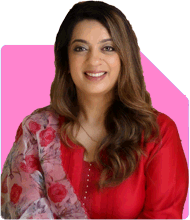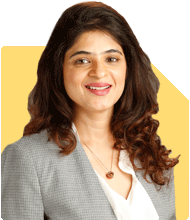Pooja Khera | Answer |Ask -Follow
Life, Relationship Coach - Answered on Feb 01, 2023
Hi Pooja, do star signs and zodiac influence your behaviour and the way you respond to difficult situations in life?
You may like to see similar questions and answers below
Pooja Khera | Answer |Ask -Follow
Life, Relationship Coach - Answered on Jan 17, 2023
Ashwini Dasgupta | Answer |Ask -Follow
Personality Development Expert, Career Coach - Answered on Nov 03, 2023
Dr Nagarajan J S K |2575 Answers |Ask -Follow
NEET, Medical, Pharmacy Careers - Answered on Jul 17, 2025
Dr Dipankar Dutta |1837 Answers |Ask -Follow
Tech Careers and Skill Development Expert - Answered on Dec 05, 2025
Dr Shyam Jamalabad |108 Answers |Ask -Follow
Dentist - Answered on Dec 05, 2025
Dr Shyam Jamalabad |108 Answers |Ask -Follow
Dentist - Answered on Dec 05, 2025
Dr Shyam Jamalabad |108 Answers |Ask -Follow
Dentist - Answered on Dec 05, 2025
Dr Dipankar Dutta |1837 Answers |Ask -Follow
Tech Careers and Skill Development Expert - Answered on Dec 05, 2025
Ulhas Joshi |280 Answers |Ask -Follow
Mutual Fund Expert - Answered on Dec 05, 2025
Dr Dipankar Dutta |1837 Answers |Ask -Follow
Tech Careers and Skill Development Expert - Answered on Dec 04, 2025
Ravi Mittal |676 Answers |Ask -Follow
Dating, Relationships Expert - Answered on Dec 04, 2025
Anu Krishna |1745 Answers |Ask -Follow
Relationships Expert, Mind Coach - Answered on Dec 04, 2025
Anu Krishna |1745 Answers |Ask -Follow
Relationships Expert, Mind Coach - Answered on Dec 04, 2025



























